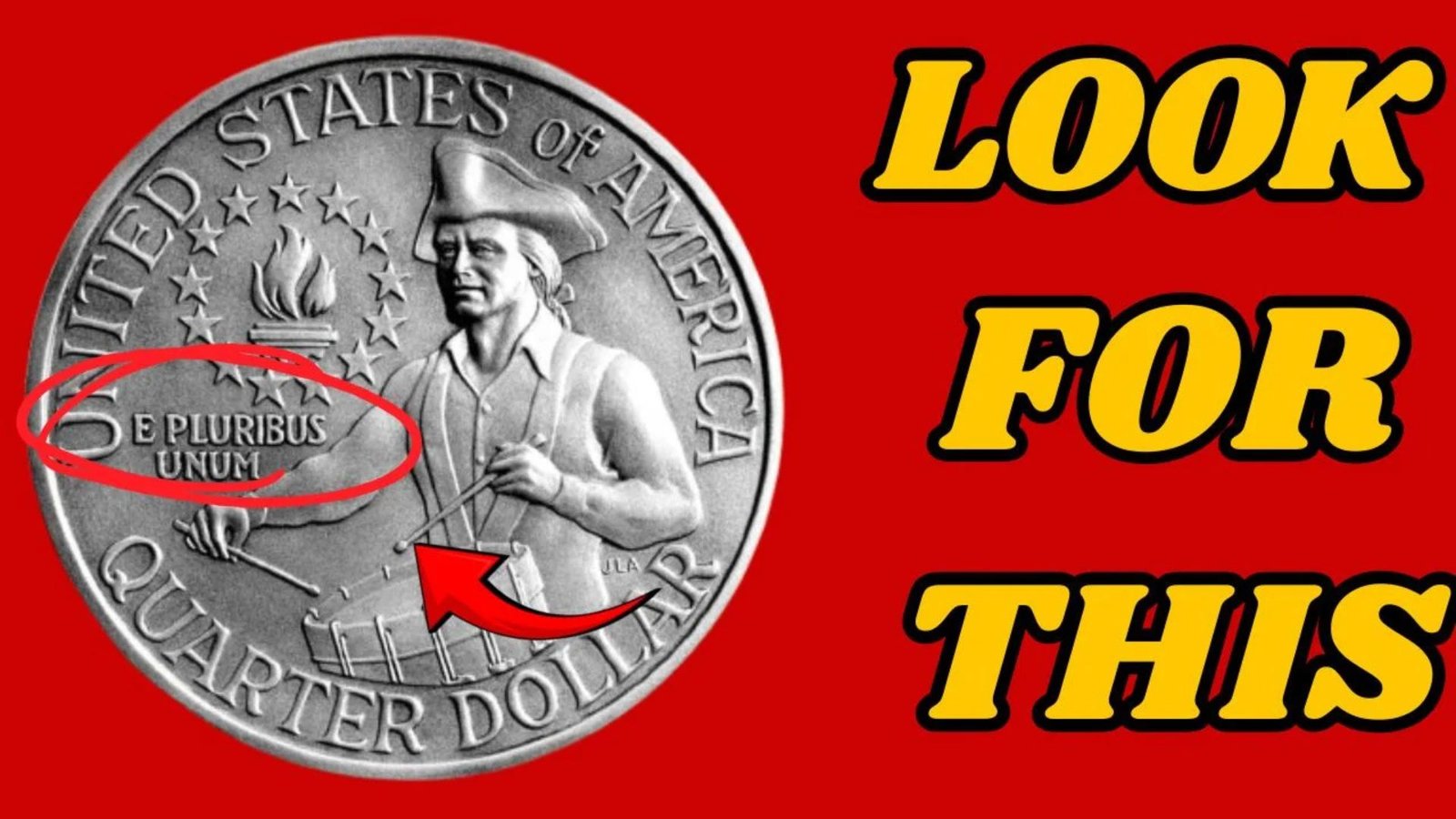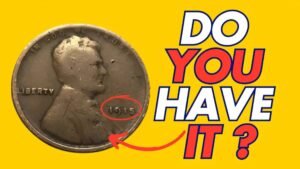The 1976 Bicentennial Quarter, minted to celebrate America’s 200th birthday, is a coin most people recognize. With its unique design featuring a colonial drummer and a torch, millions of these quarters were produced. However, a rare version of this coin has recently gained attention for its jaw-dropping value, with some claiming it could be worth up to $2.5 billion. Yes, you read that right! This article explores this rare coin, why it’s so valuable, and how you might spot one in your pocket change.
What Is the Bicentennial Quarter?
The Bicentennial Quarter was released in 1976 to commemorate the 200th anniversary of the United States’ independence. Unlike regular quarters, it has a special design:
- Obverse (Front): Features George Washington’s portrait, like standard quarters.
- Reverse (Back): Shows a colonial drummer, a torch, and 13 stars to represent the original colonies.
Most of these quarters are worth only their face value (25 cents), but a rare variety has collectors buzzing with excitement due to its extraordinary worth.
Why Is This Quarter So Valuable?
Certain Bicentennial Quarters have unique traits that make them incredibly rare and valuable. These factors include:
1. Minting Errors
Some quarters were struck with errors, such as double-die errors (where the design appears doubled) or missing mint marks. These imperfections make the coin one-of-a-kind, increasing its value among collectors.
2. Silver Content
Most Bicentennial Quarters were made of copper and nickel, but a small number were struck in 40% silver for special collector sets. These silver quarters are much rarer and more valuable than their copper-nickel counterparts.
3. Condition and Grading
Coins in pristine condition, graded highly by professional grading services like PCGS or NGC, can fetch millions. A coin with no scratches, wear, or damage is considered “mint condition” and is highly sought after.
4. Rarity and Demand
The rarest versions of the Bicentennial Quarter were produced in limited quantities or have unique flaws, making them extremely hard to find. High demand from collectors drives up their price.
How to Identify a Rare Bicentennial Quarter
Could you have a $2.5 billion quarter in your wallet? Here’s what to look for:
| Feature | Details to Check |
|---|---|
| Mint Mark | Look for a “D” (Denver) or “S” (San Francisco) on the front, near Washington’s head. No mint mark means it was minted in Philadelphia. “S” silver quarters are rarer. |
| Double-Die Error | Check for doubled text or images, especially on the words “LIBERTY” or the drummer. |
| Material | Silver quarters feel slightly heavier and have a shinier appearance than copper-nickel ones. |
| Condition | Look for coins with no wear, scratches, or discoloration. |
Tools You’ll Need
- A magnifying glass to inspect details.
- A coin scale to check weight (silver quarters weigh about 6.25 grams, while copper-nickel ones weigh 5.67 grams).
- A reference guide or app for coin grading.
Where Might You Find One?
These rare quarters could still be in circulation, meaning you might find one in:
- Pocket Change: Check quarters you get from stores or vending machines.
- Coin Rolls: Buy rolls of quarters from banks and inspect them.
- Inherited Collections: Old coin collections from family members might hold treasures.
- Flea Markets or Garage Sales: People sometimes sell valuable coins without knowing their worth.
What to Do If You Find One
If you think you’ve found a rare Bicentennial Quarter, follow these steps:
- Don’t Clean It: Cleaning a coin can lower its value by causing scratches or damage.
- Get It Appraised: Take it to a professional coin dealer or grading service like PCGS or NGC.
- Store It Safely: Keep the coin in a protective holder to prevent damage.
- Research Its Value: Check recent auction prices for similar coins to understand its worth.
Why the $2.5 Billion Price Tag?
The claim of a $2.5 billion valuation seems astronomical, and it’s likely exaggerated for attention. However, rare Bicentennial Quarters have sold for millions at auctions due to their unique errors or pristine condition. For example:
- A 1976-S Silver Bicentennial Quarter in perfect condition sold for $19.2 million in 2021.
- A double-die error quarter fetched $2 million at a recent auction.
These high prices reflect the coin’s rarity and the intense demand from wealthy collectors.
Tips for Coin Collectors
If you’re inspired to start collecting coins, here are some beginner tips:
- Start Small: Focus on common coins before chasing rare ones.
- Learn About Grading: Understand how coin condition affects value.
- Join a Community: Connect with other collectors online or at coin shows.
- Stay Informed: Follow coin blogs or auction sites for the latest trends.
Conclusion
The rare Bicentennial Quarter is a hidden gem that could turn pocket change into a fortune. While the $2.5 billion price tag may be a stretch, certain versions of this coin are worth millions due to minting errors, silver content, or pristine condition. By checking your change, coin rolls, or old collections, you might stumble upon one of these treasures. Always handle potential finds with care and get them appraised by professionals. Happy hunting—your next quarter could be a life-changer!
FAQs
1. How can I tell if my Bicentennial Quarter is valuable?
Look for mint marks, double-die errors, or silver composition. Use a magnifying glass to inspect details and consider getting it appraised by a professional.
2. Are all Bicentennial Quarters worth millions?
No, most are worth only 25 cents. Only specific ones with rare errors, silver content, or perfect condition are highly valuable.
3. Where can I sell a rare Bicentennial Quarter?
You can sell it through auction houses, coin dealers, or online platforms like eBay. Ensure it’s graded by a reputable service first.
4. Why is the $2.5 billion value mentioned?
This figure is likely exaggerated for attention. However, some rare quarters have sold for millions due to their uniqueness.
5. Can I still find these quarters in circulation?
Yes, it’s possible to find rareДеаthem in pocket change, bank rolls, or old collections, though they’re extremely rare.











